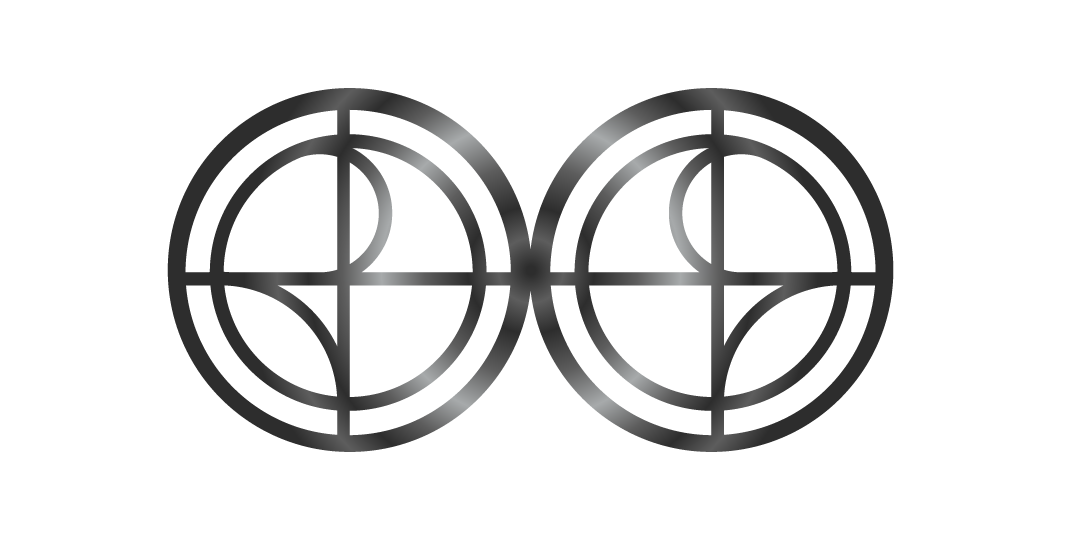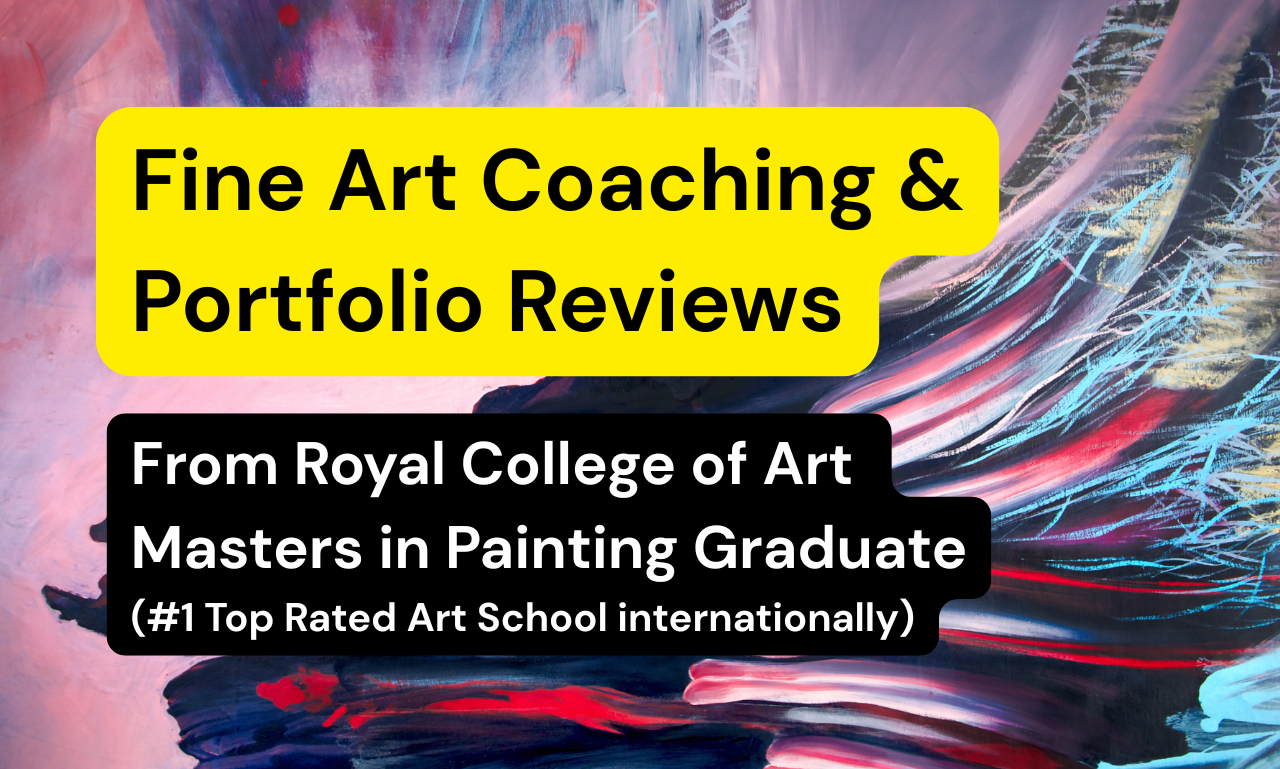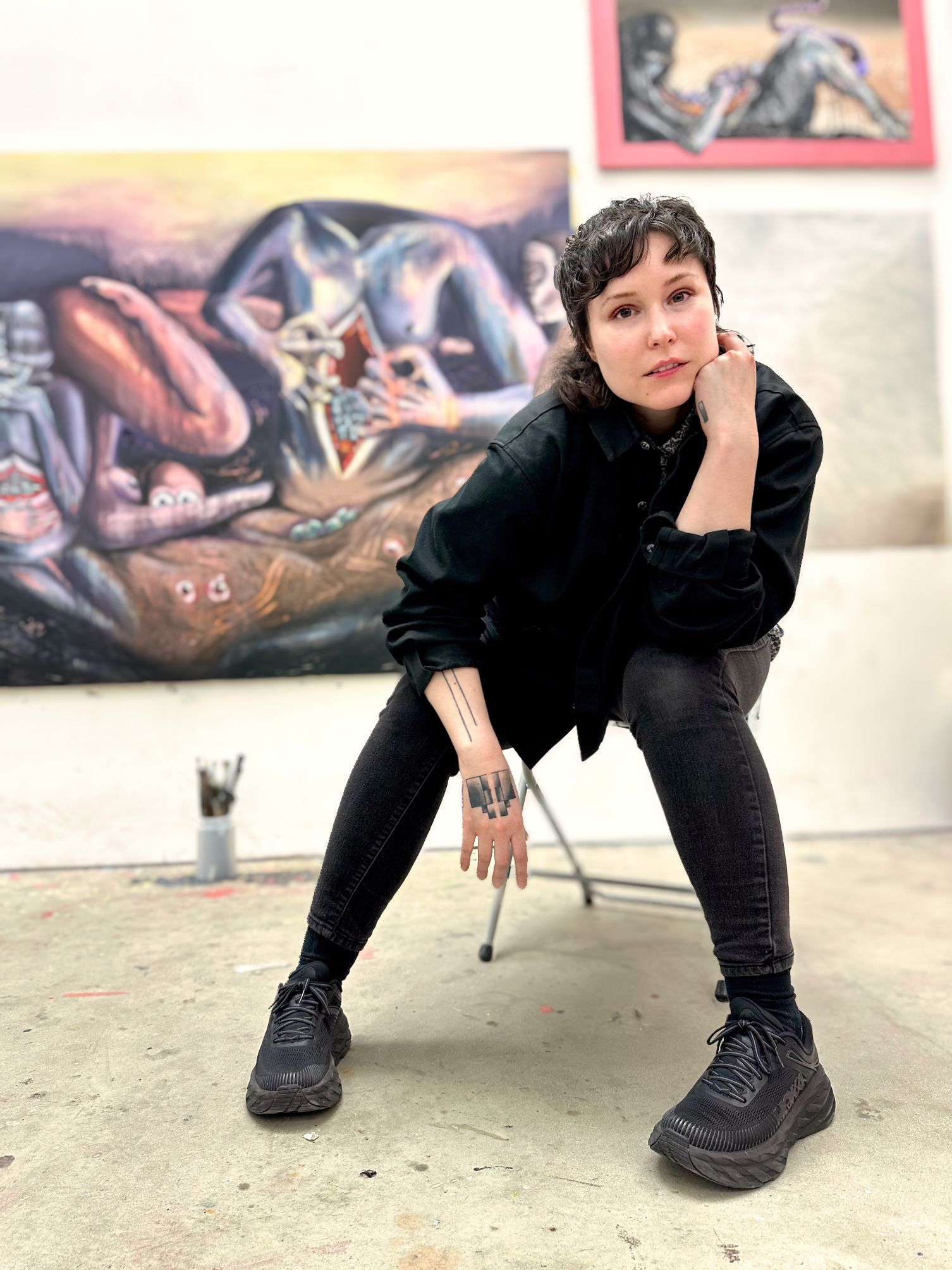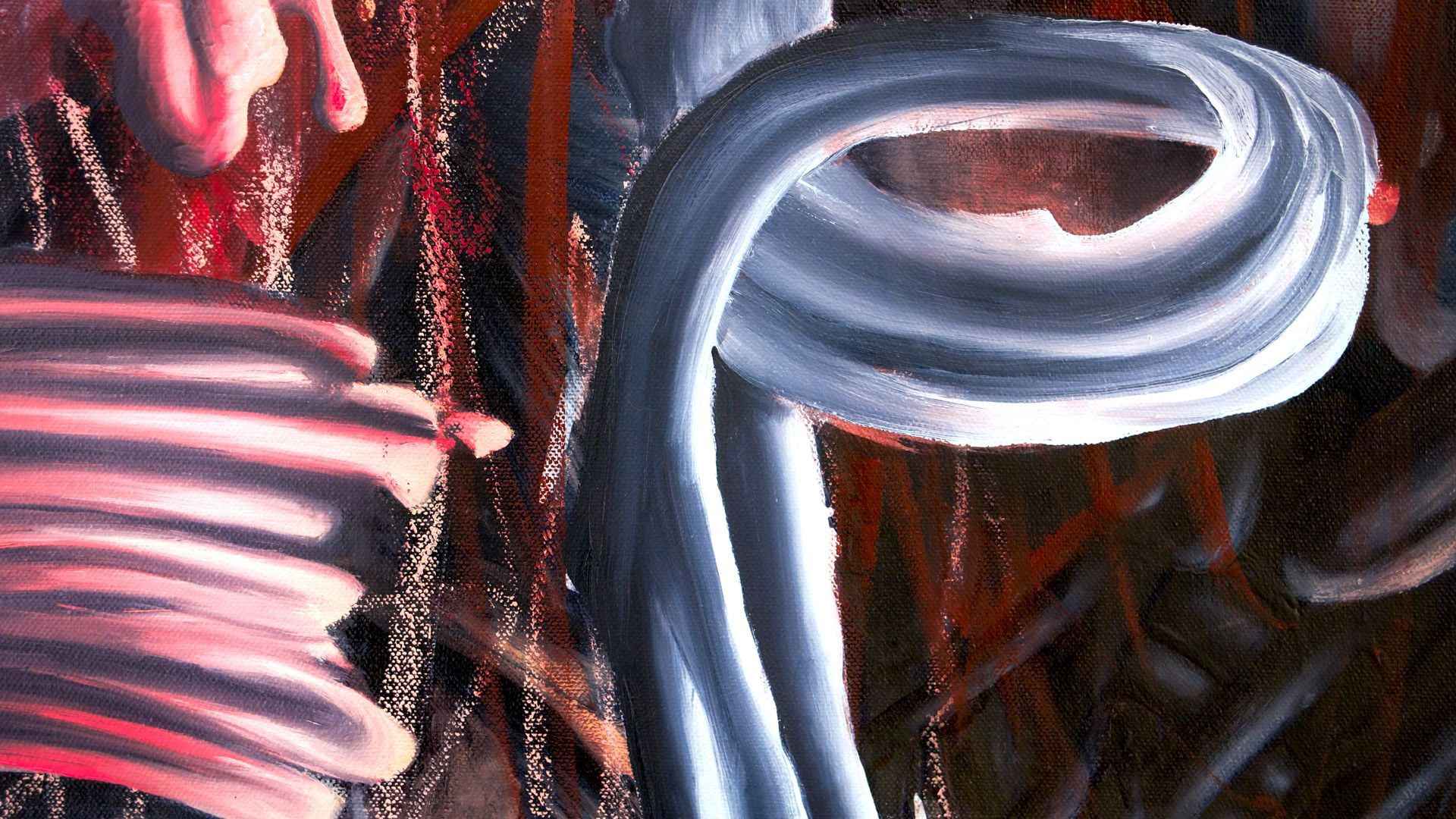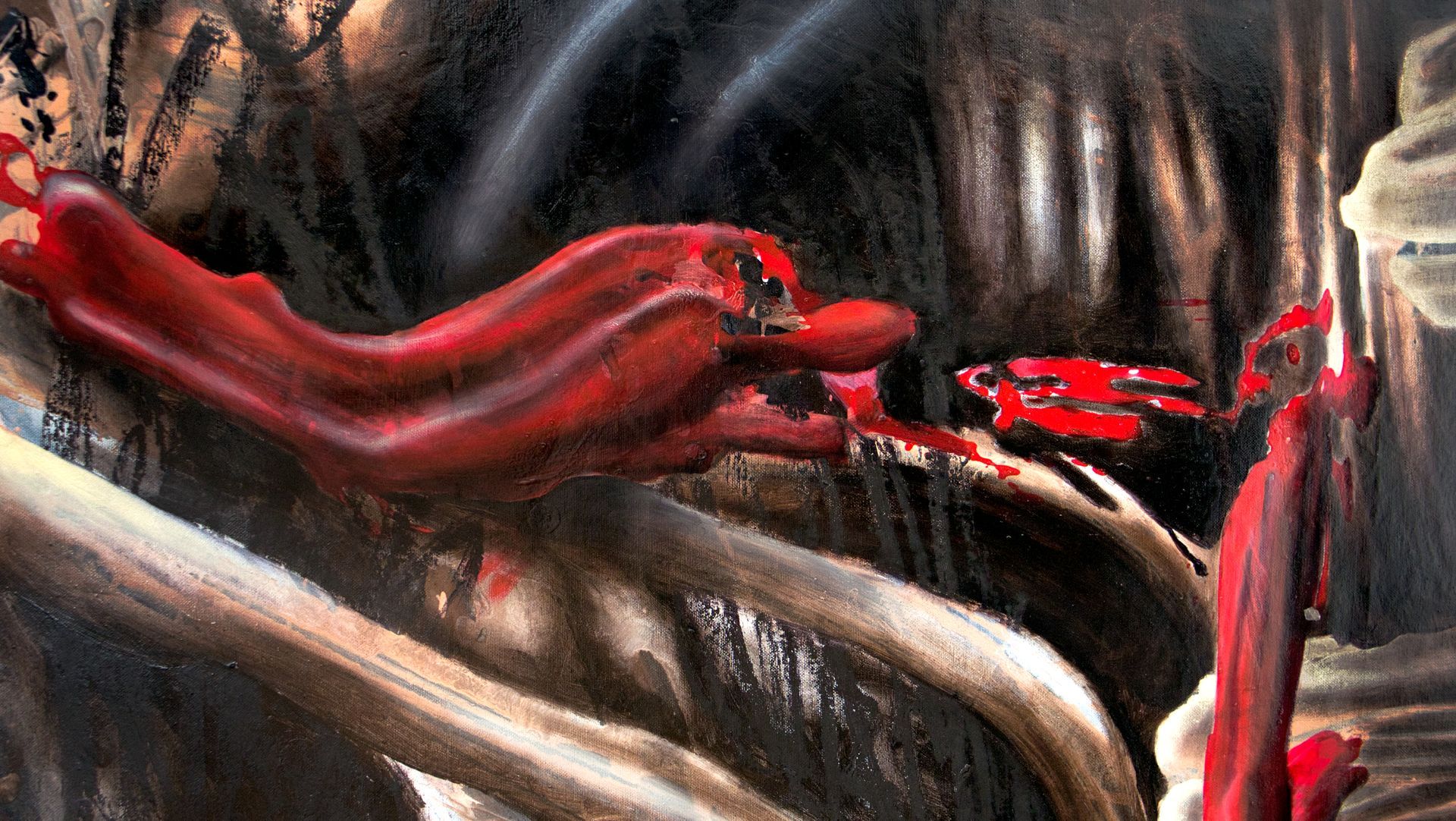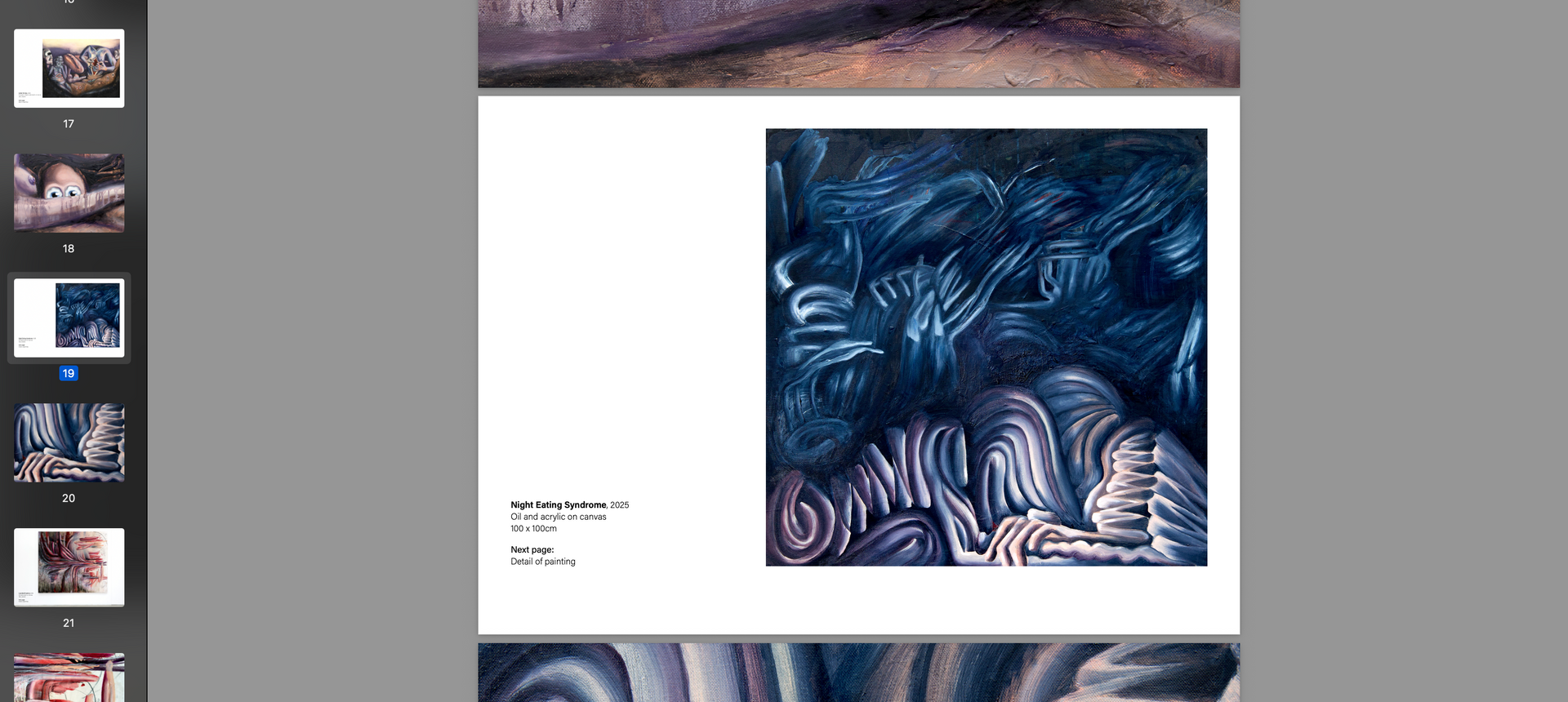Lala Drona is a Franco-American fine artist of Venezuelan heritage working between Paris and London. Her practice spans painting and video, probing the body not by appearance but by sensation: an interior landscape of memory, intervention, and transformation. She recently completed her Masters in Painting at the Royal College of Art.
What is Xpainting with Lala Drona?
Welcome to Xpainting with Lala Drona

ABOUT THE BLOG
Welcome to Xpainting, a blog dedicated to exploring the world of Expanded Painting and beyond. Expanded Painting—defined as painting plus anything else¹—is a field that extends far beyond traditional paint on canvas. It embraces the tools and media of traditional painting or adapts non-traditional media in a 'painterly' fashion. As an interdisciplinary artist with a deep commitment to painting, discovering the field of Expanded Painting was a refreshing experience. It allowed me to merge my diverse practice with the canvas. Throughout this blog, I'll guide you through my creative processes, highlight expanded painting contemporaries in the field, and offer sneak peeks into my own artistic journey at the Royal College of Art MA Painting Programme and beyond.
See how these ideas come alive in my paintings
EXPANDED PAINTING IN ART HISTORY:
Expanded painting could be defined "as painting plus something else1," with one of its earliest appearances being Picasso’s Guitar. This work marked a significant departure from traditional painting techniques, representing the furthest extreme of his Cubism exploration. Picasso's Guitar was not merely a painting; it was a three-dimensional construction that blurred the lines between painting and sculpture. This approach opened new avenues for artistic expression, allowing for the incorporation of different materials and forms into the realm of painting.
Picasso soon returned to two-dimensional painting. However, his brief time in expanded painting had a lasting impact on the art world, inspiring generations of artists. For instance, Vladimir Tatlin's Painting Relief in 1914 can be seen as a direct descendant of Picasso's Guitar (image below).
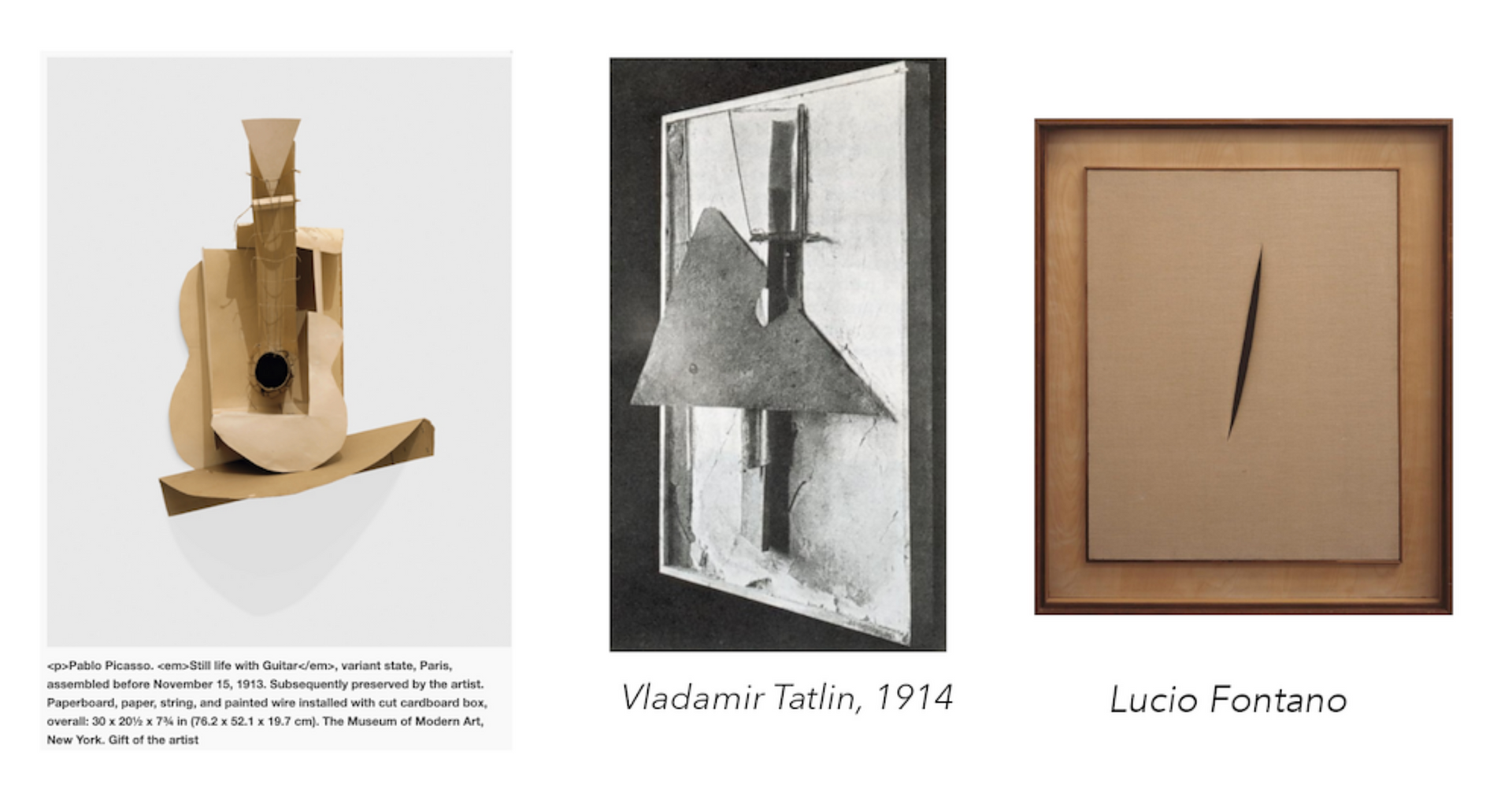
In the 1960s, Lucio Fontana's slashed canvases (above right) took the concept of expanded painting to another level. By cutting through the surface of the canvas, Fontana challenged the notion of the painting as a flat, two-dimensional object. His work emphasized the physicality of the medium and introduced a spatial dimension that invited viewers to consider the space beyond the canvas (which is what I aim to do!).
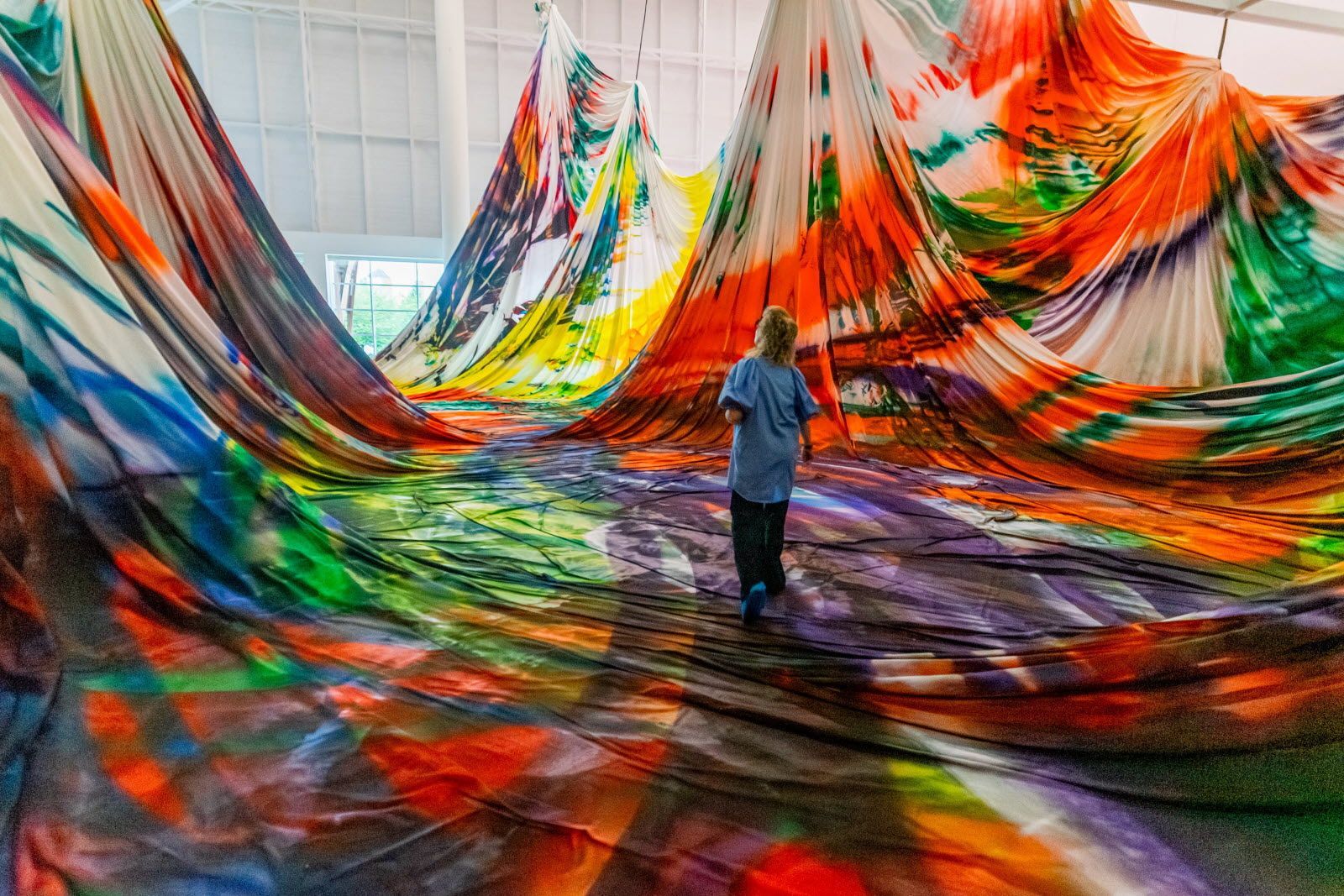
Examining the work of our ultra-contemporary artists in expanded painting, I considered Katharina Grosse (above), renowned for her in situ paintings. Grosse's use of spray paint transforms architecture, interiors, and landscapes into immersive artworks.
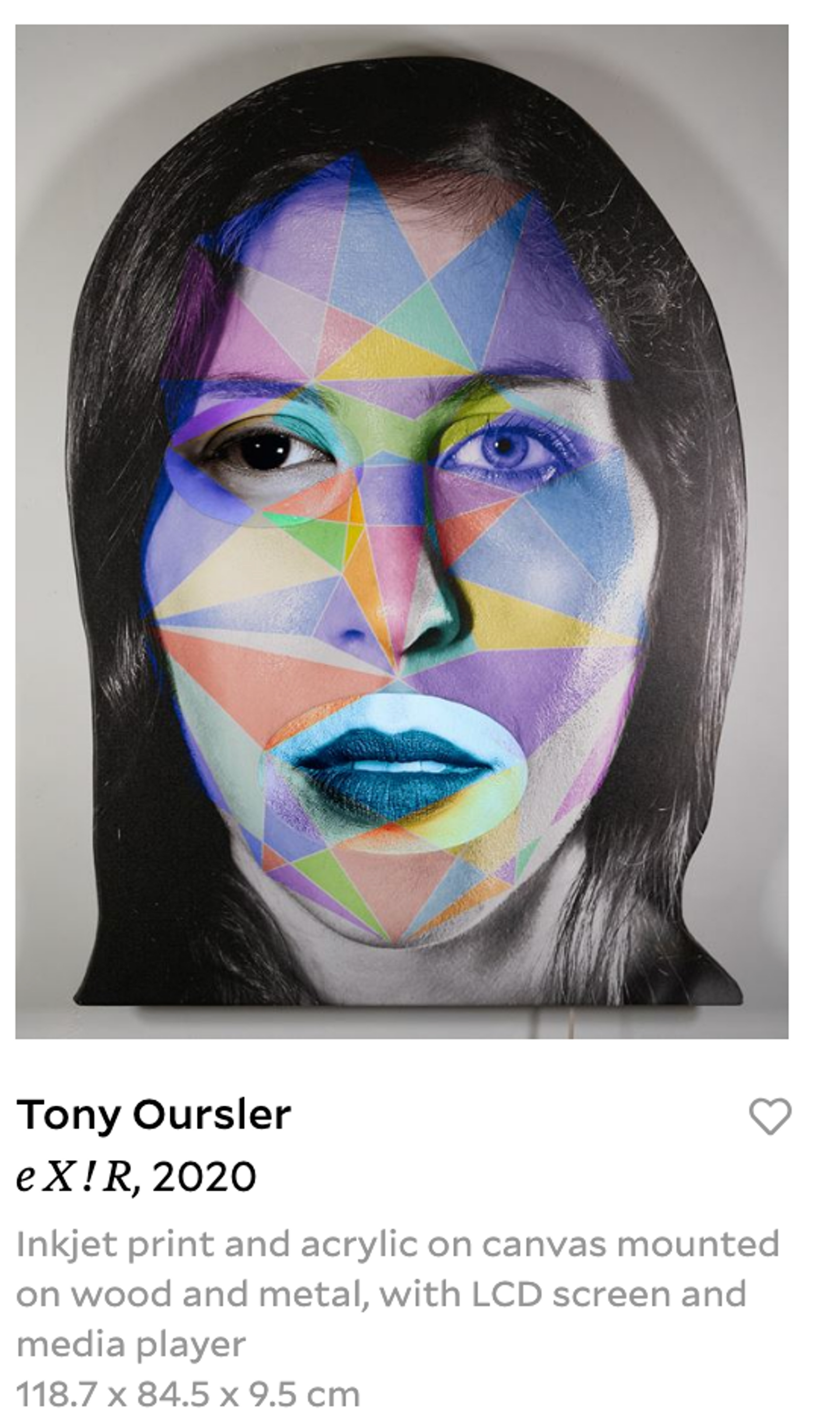
All of these artists are excellent examples of where expanded painting began and where it stands today. However, the practitioner who inspires me the most is Tony Oursler (see image above). He uses projections and screens, and has sometimes integrated them within paintings.
FINAL THOUGHTS, CRITICAL REFLECTION ON EXPANDED PAINTING
The reason Tony Oursler's approach to expanded painting is so important to me is that I also enjoy blending new media with traditional painting. However, I believe I am more dedicated to the canvas and the traditional medium of oil paint than Oursler is. I appreciate the mix of the traditional and the new (see my painting "Virtual Reverence below"), but sometimes I create solely without incorporating new media. My expanded painting techniques can also involve canvas cut-outs and mixed media paint. Either way, seeing an example like Tony Oursler shows that there is a precedent for the type of expanded painting I aspire to do.
Why do I situate my practice in expanded painting?
- Expanded painting is "painting plus anything else." I use the painted canvas as main medium I choose to work through. I start at the canvas and integrate expanded forms of art there (cut-outs, adding video screens, mixed media paint).
- Like Lucio Fontana, I want to invite viewers to consider the space beyond the canvas (the "expanded" part of "expanded painting").
- My work identifies with "Painting Reliefs," like those of Vladamir Tantain -- however, I am more married to paint as a medium than a lot of these other artists.
Moving forward, I would like to investigate more about how he presents his work. Blending technology into fine art can invite numerous technical difficulties. I also think I should examine the different support systems he has fabricated to support the screens. This will give me more ideas as I progress.
Below you'll find my expanded painting in my solo exhibition "Virtual Reverence"(2024). It was a live-camera video screen integrated into an oil painting.
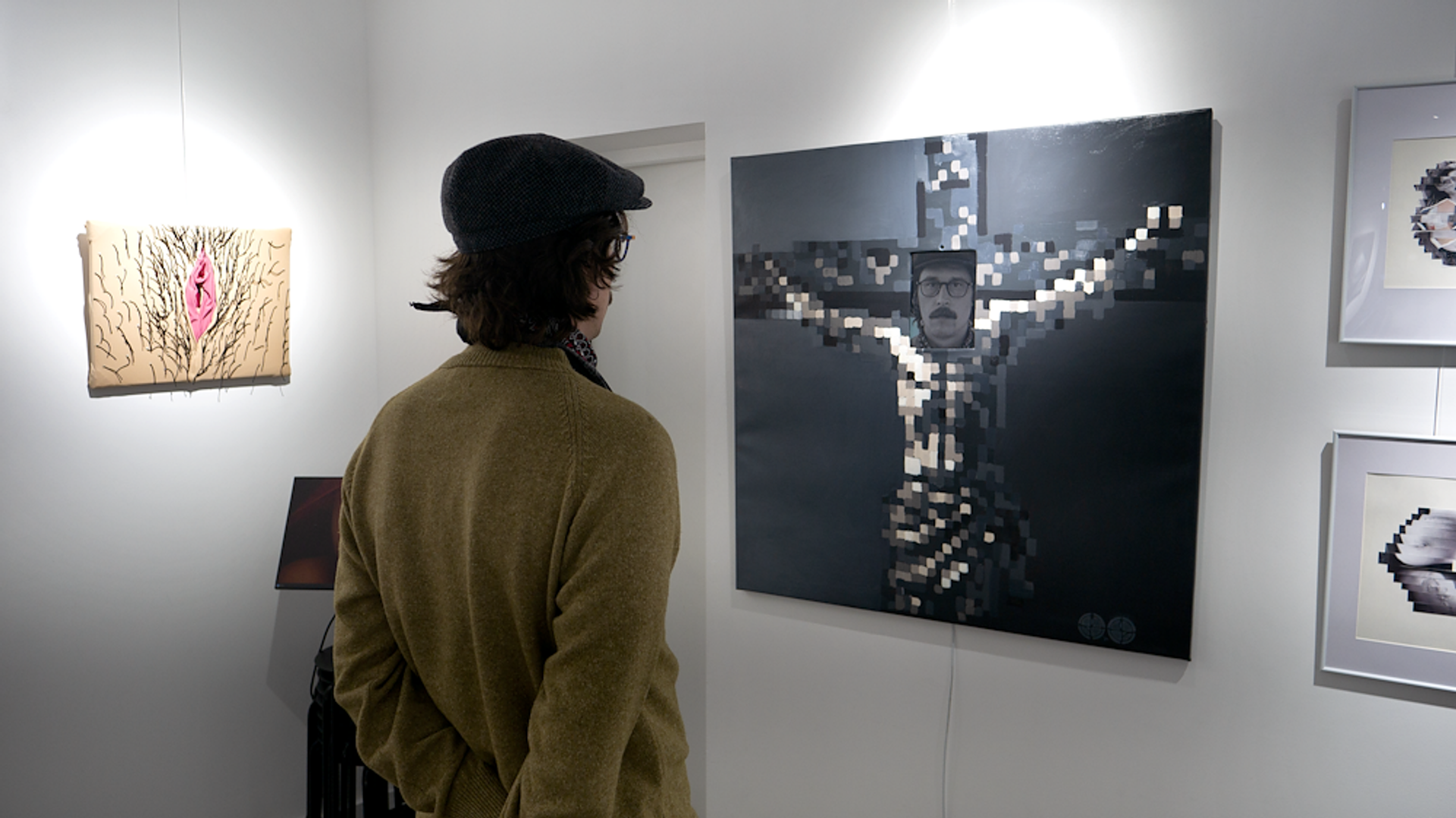
SOURCES:
1. Titmarsh, Mark, Expanded Painting: Ontological Aesthetics and the Essence of Colour (Bloomsbury academic, an imprint of Bloomsbury publishing Plc, 2017)
2. Image taken from here: https://www.studiointernational.com/index.php/picasso-guitars-1912-1914
Want to see my recommendations on which books to read regarding expanded painting? Go here.
